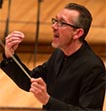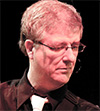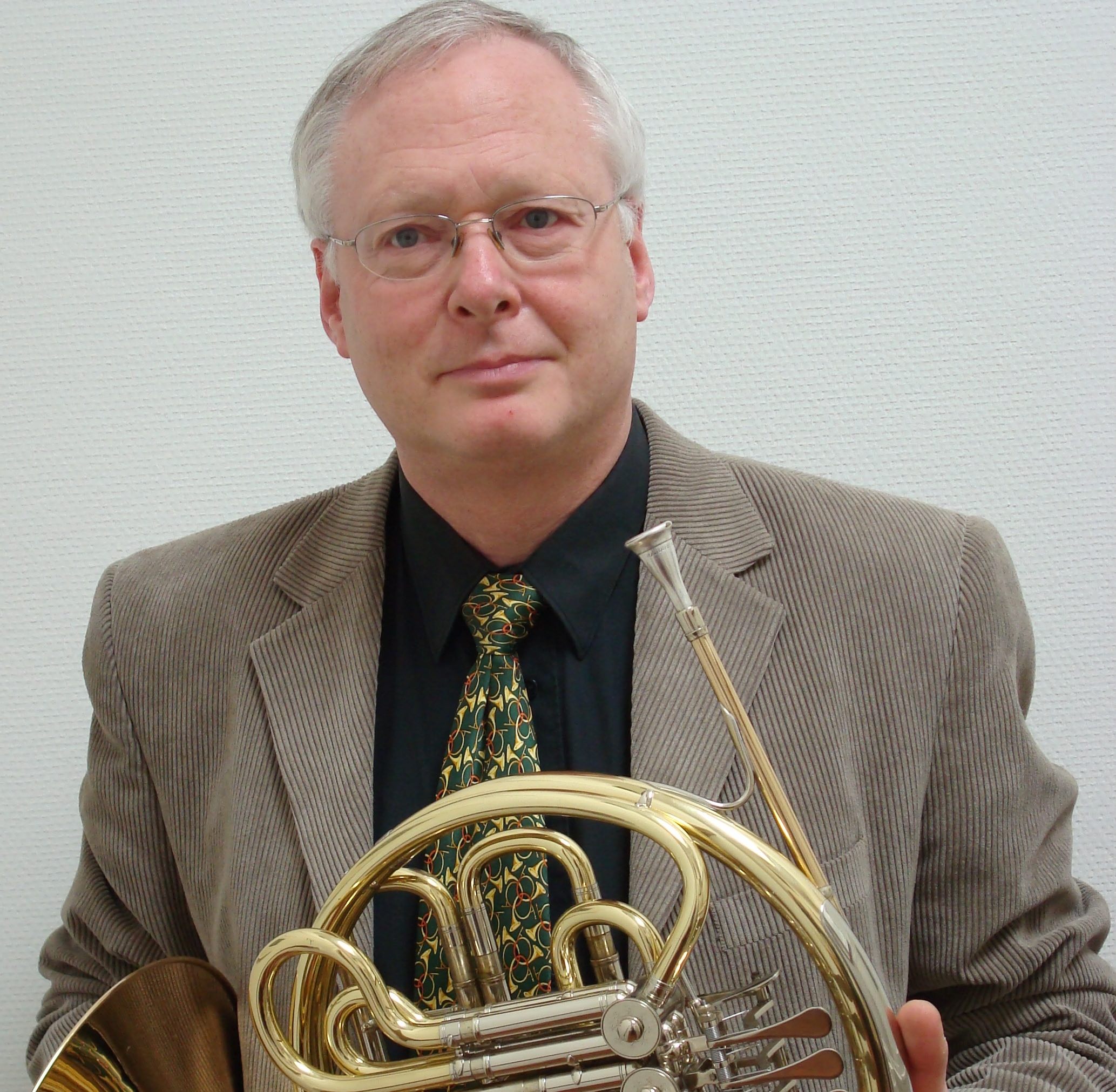Janos Bruneel
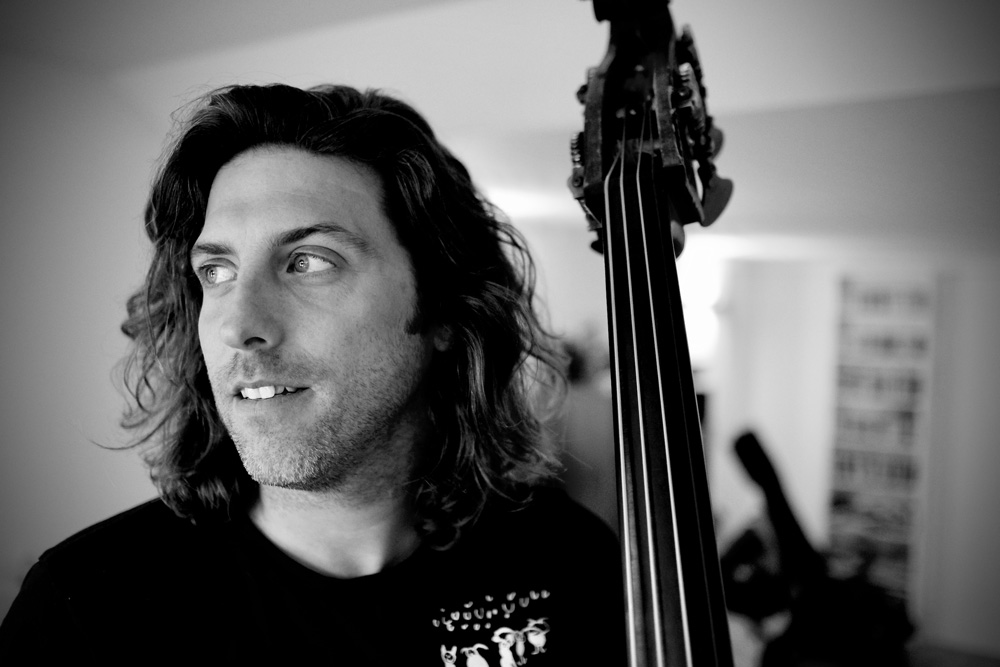
Before he could read or write, Janos Bruneel (°1983) started piano lessons, but it was only at the age of 16 that he discovered his instrument: the bass. In 2008 he obtained his Master-degree with great distinction at the Royal Conservatories of The Hague (cum laude) and Brussels with Hein van de Geyn, Frans van der Hoeven and Christophe Wallemme. After graduation he was head teacher double bass at the Royal Conservatory of The Hague for 10 years. He currently teaches bass and harmony at the Royal Conservatory in Ghent, the Kunsthumaniora in Brussels and the academy of Berchem.
With different formations he has won numerous awards, such as the Sabam Youth and Music Jazz Award (2010) and co-composer Best Australian Jazz Song Of The Year (2012) with "Spir".
In his most recent project "Polyphonario", inspired by the music of the Flemish polyphonist Guillaume Dufay, he plays together with his father Carlos Bruneel (flute) and Bart Van Caenegem (pianoforte). He is also preparing his first solo record "janosolo".
He shared the stage with Eric Vloeimans, Stephane Belmondo, Angelo Verploegen, Anton Goudsmit, Jonas Knutsson, Jack van Poll, Dré Pallemaerts, Hans van Oosterhout and many others.
Together with Steven Cassiers he is the author and creator of the method Track & Play (Your Compass For Tonal Navigation).
 Nederlands
Nederlands 



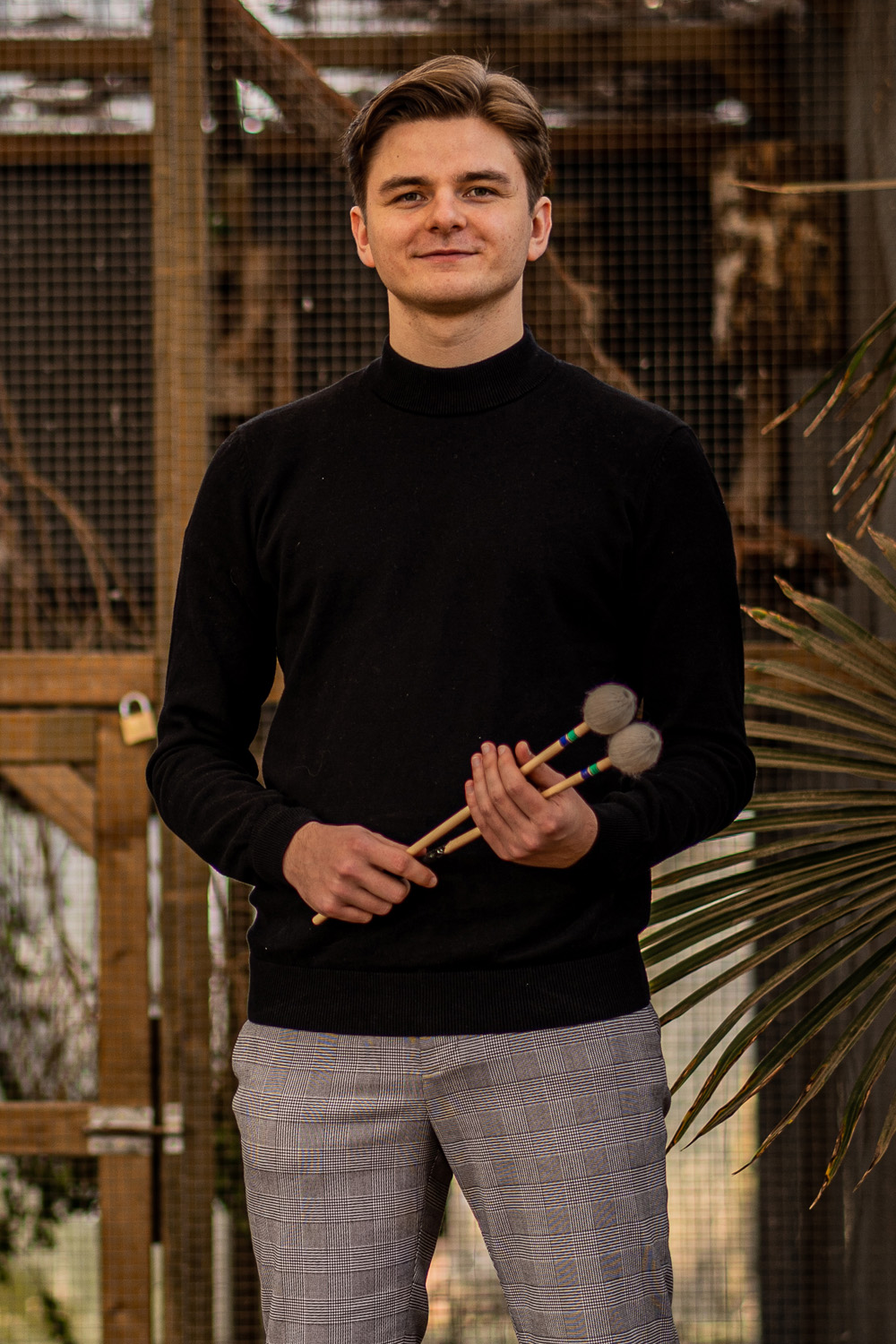 Jens De Pauw (born in 1998) graduated as a classical percussionist from the Royal Conservatory of Antwerp under the tutelage of Carlo Willems and Koen Wilmaers. In his daily life, Jens works as a freelance musician. He also teaches in part-time art education and conducts musical workshops both domestically and internationally. Jens has been directing his own percussion ensemble for several years, where he has already performed most of his arrangements.
Jens De Pauw (born in 1998) graduated as a classical percussionist from the Royal Conservatory of Antwerp under the tutelage of Carlo Willems and Koen Wilmaers. In his daily life, Jens works as a freelance musician. He also teaches in part-time art education and conducts musical workshops both domestically and internationally. Jens has been directing his own percussion ensemble for several years, where he has already performed most of his arrangements.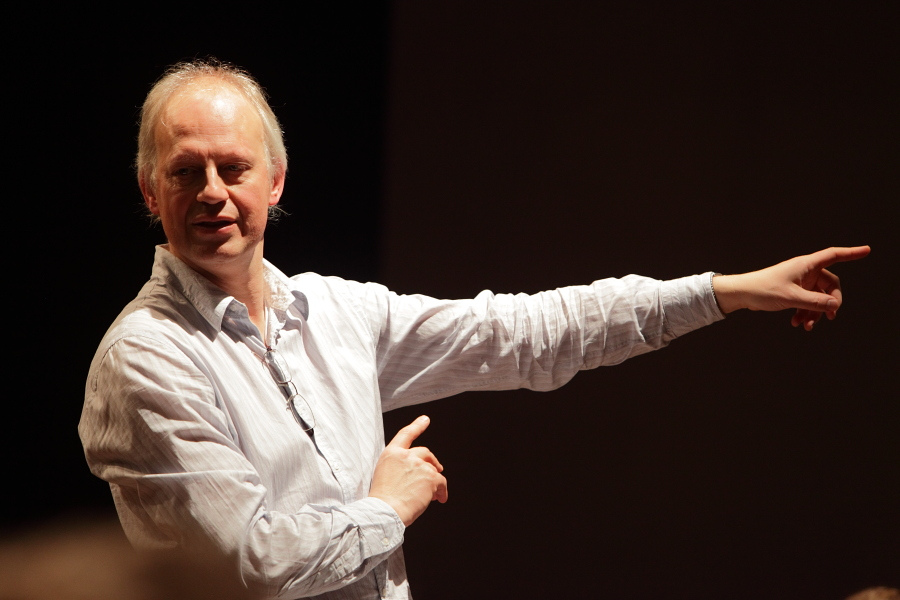 Florian Heyerick studied in Ghent, Brussels and Leuven and obtained First Prizes for recorder, flute and chamber music. He also obtained a master's degree in musicology from Ghent University. He was an artistic teacher at the Ghent Music Conservatory (School of Arts, Hogeschool Gent) and is working on a research project on the music of Christoph Graupner, culminating in the Graupner2010 project. Furthermore, he founded the specialised CD label Vox Temporis, within which he realised more than 50 unique recordings as producer.
Florian Heyerick studied in Ghent, Brussels and Leuven and obtained First Prizes for recorder, flute and chamber music. He also obtained a master's degree in musicology from Ghent University. He was an artistic teacher at the Ghent Music Conservatory (School of Arts, Hogeschool Gent) and is working on a research project on the music of Christoph Graupner, culminating in the Graupner2010 project. Furthermore, he founded the specialised CD label Vox Temporis, within which he realised more than 50 unique recordings as producer.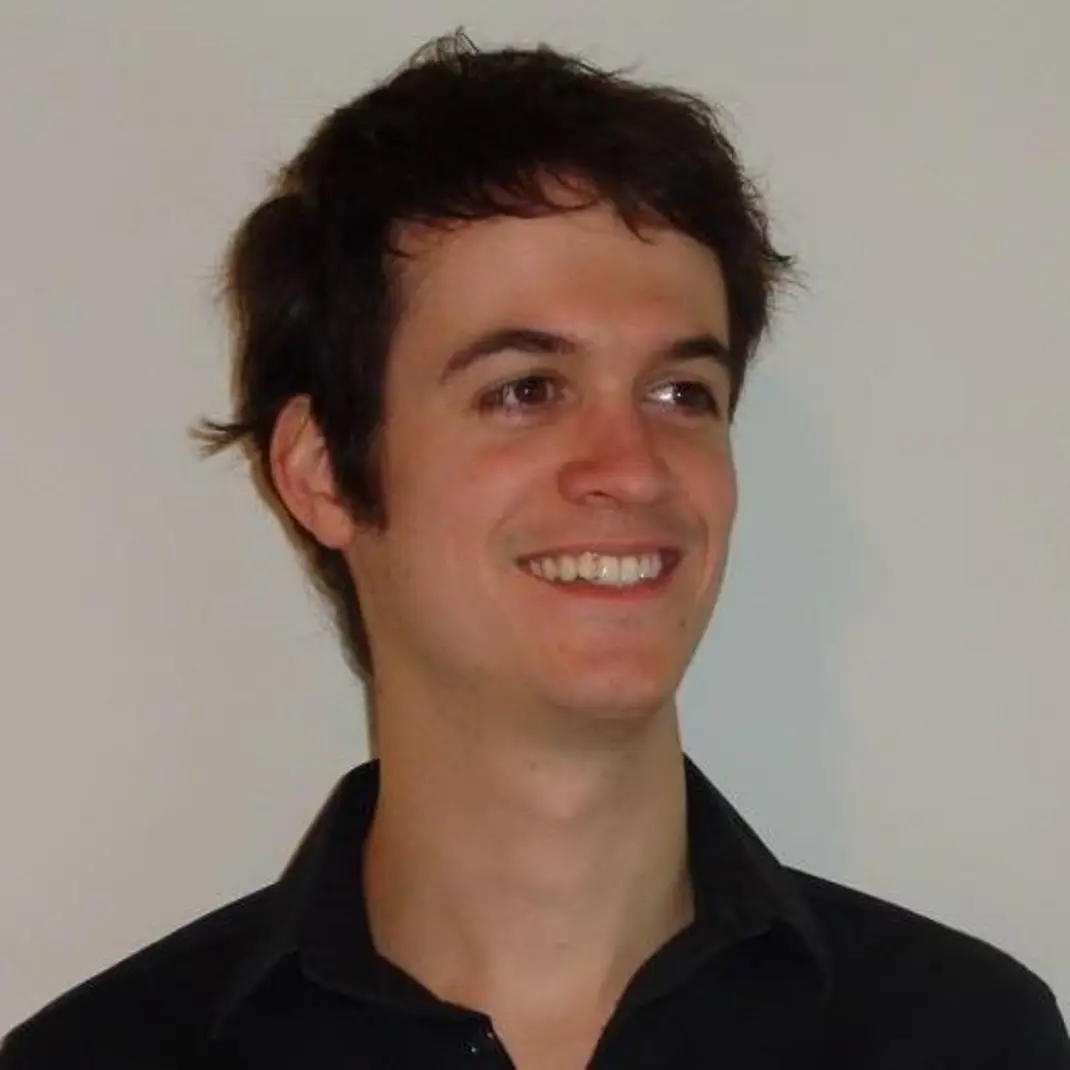 Daan Vercammen (born in 1992) began his music education at the Stedelijke Academie voor Muziek en Woord in Maaseik under the guidance of Roger Dierckx. He continued his studies at the Kunsthumaniora of the Lemmensinstituut, where he pursued a Master's degree in music (LUCA School of Arts). In 2015, he graduated with high honors under the mentorship of Carlo Willems, Luk Artois, and Aloïs Verbeeck.
Daan Vercammen (born in 1992) began his music education at the Stedelijke Academie voor Muziek en Woord in Maaseik under the guidance of Roger Dierckx. He continued his studies at the Kunsthumaniora of the Lemmensinstituut, where he pursued a Master's degree in music (LUCA School of Arts). In 2015, he graduated with high honors under the mentorship of Carlo Willems, Luk Artois, and Aloïs Verbeeck.
